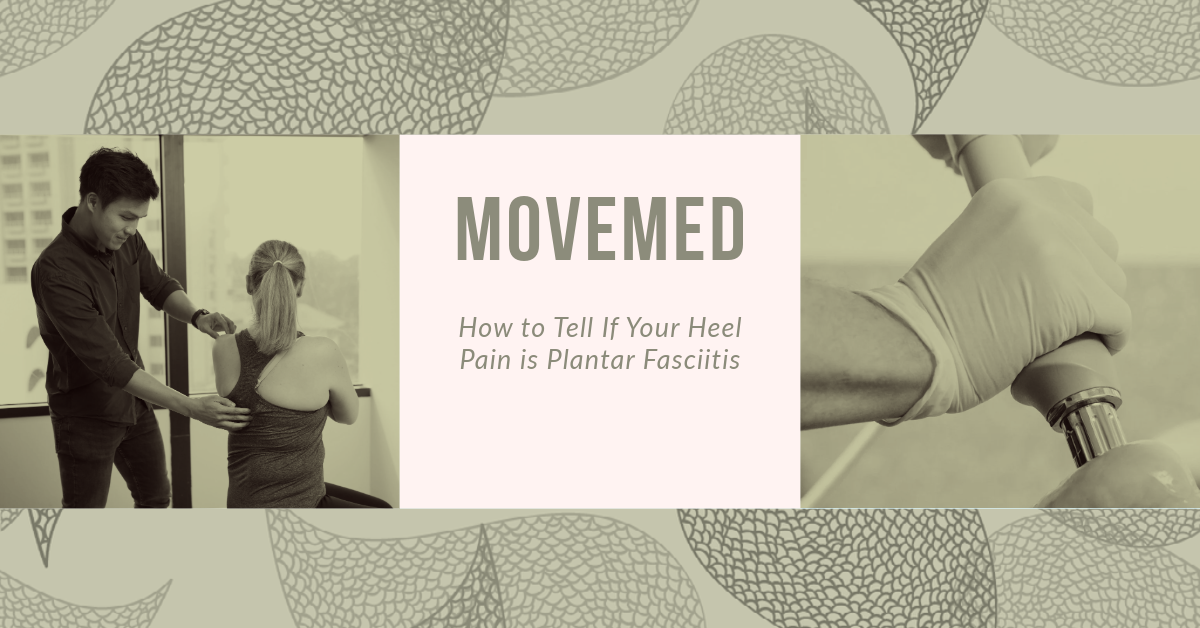How to Tell If Your Heel Pain is Plantar Fasciitis
How to Tell If Your Heel Pain is Plantar Fasciitis
How to Tell If Your Heel Pain is Plantar Fasciitis
Ever experienced the agony of walking with sharp pain in the heel?
One of the most common culprits is plantar fasciitis. It's a condition that can be incredibly debilitating, often presenting as that sharp, stabbing pain first thing in the morning.
But the good news is, it's highly treatable. Let's break down what plantar fasciitis is and the treatment options available to get you back on your feet!
What is Plantar Fasciitis?
Plantar fasciitis is a condition characterised by pain and inflammation of the plantar fascia, a thick band of tissue that runs across the bottom of your foot, connecting your heel bone to your toes.
Plantar Fasciitis
Think of the plantar fascia as a shock absorber and a crucial support structure for the arch of your foot.
Key Symptoms
Sharp, stabbing pain in the heel or arch of the foot.
Pain is typically worse with the first steps in the morning or after a period of rest (e.g., sitting for a while).
Pain often lessens after a few minutes of walking but can return later in the day, especially after long periods of standing or activity.
Common Causes and Risk Factors for Plantar Fasciitis
While the exact cause isn't always clear, it's often related to excessive strain and tension on the fascia. Risk factors include:
Age: Most common between 40 and 60.
Foot Mechanics: Having flat feet (pes planus) or a high arch (pes cavus).
Obesity: Increased load on the fascia.
Certain Activities: Long-distance running, ballet, and sports involving frequent jumping.
Occupations: Jobs that require long periods of standing (e.g., teachers, cabin crew).
Tight Muscles: Particularly tight Achilles tendons and calf muscles (gastrocnemius and soleus).
When to See a Specialist
If your heel pain persists for more than two weeks despite rest, stretching, or footwear changes, it may be time to consult a specialist. Early intervention can prevent plantar fasciitis from becoming a chronic condition or causing compensatory issues such as knee, hip, or lower back pain.
At MoveMed Physio, our physiotherapists take a personalised approach—combining detailed gait assessment, manual therapy, and targeted rehabilitation exercises—to relieve pain, correct movement imbalances, and help you return to pain-free activity faster.
About MoveMed Physiotherapy Singapore
At MoveMed, we support your recovery through purposeful movement.
Our professionally trained physiotherapists at Novena provide tailored sessions in a well-equipped facility—featuring treatment beds, shockwave therapy machines and more —to help you regain strength, mobility, and confidence.
Whether it’s pre-op rehab, pain management or post-op rehab, our team is here to guide your journey every step of the way.
📞 Call / WhatsApp: +65 9627 2000
📧 Email: hello@movemedsg.com
Regain control. Move better. Live stronger.


